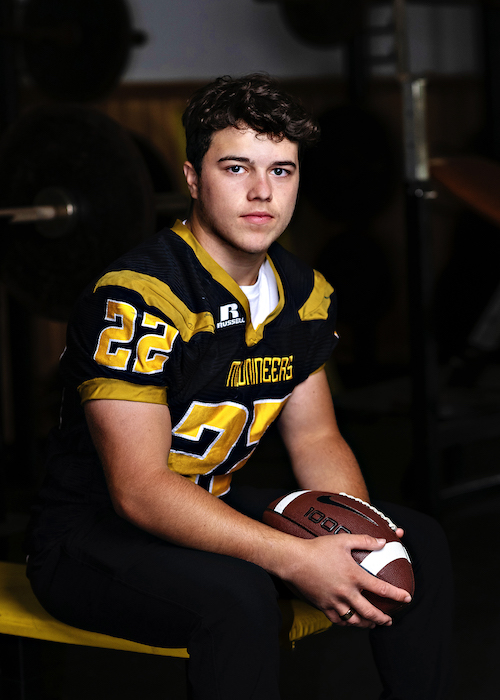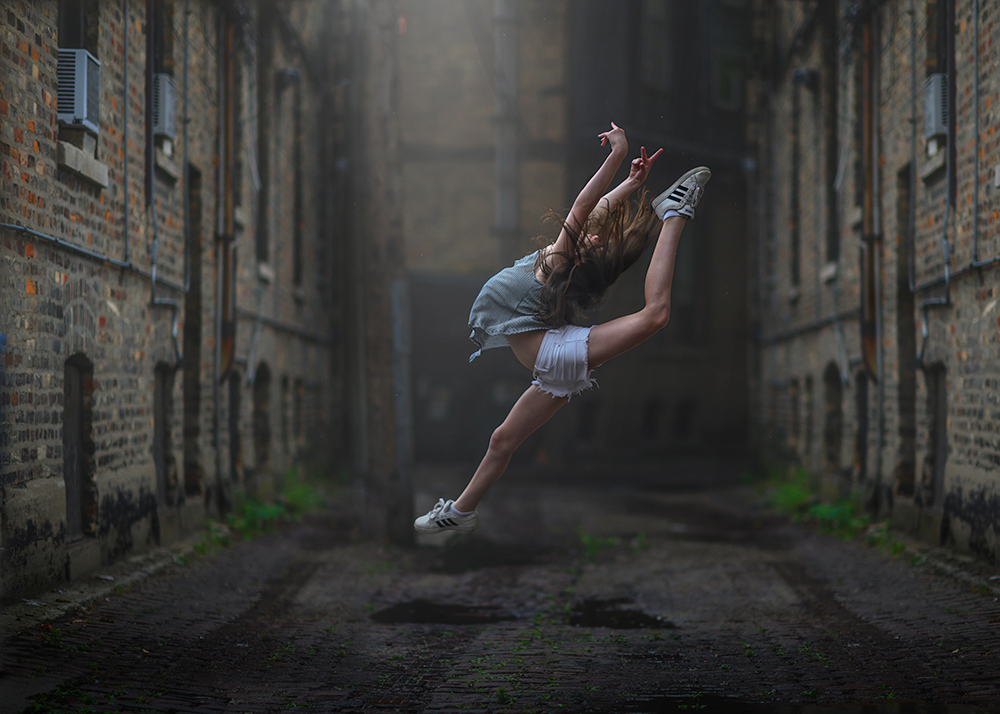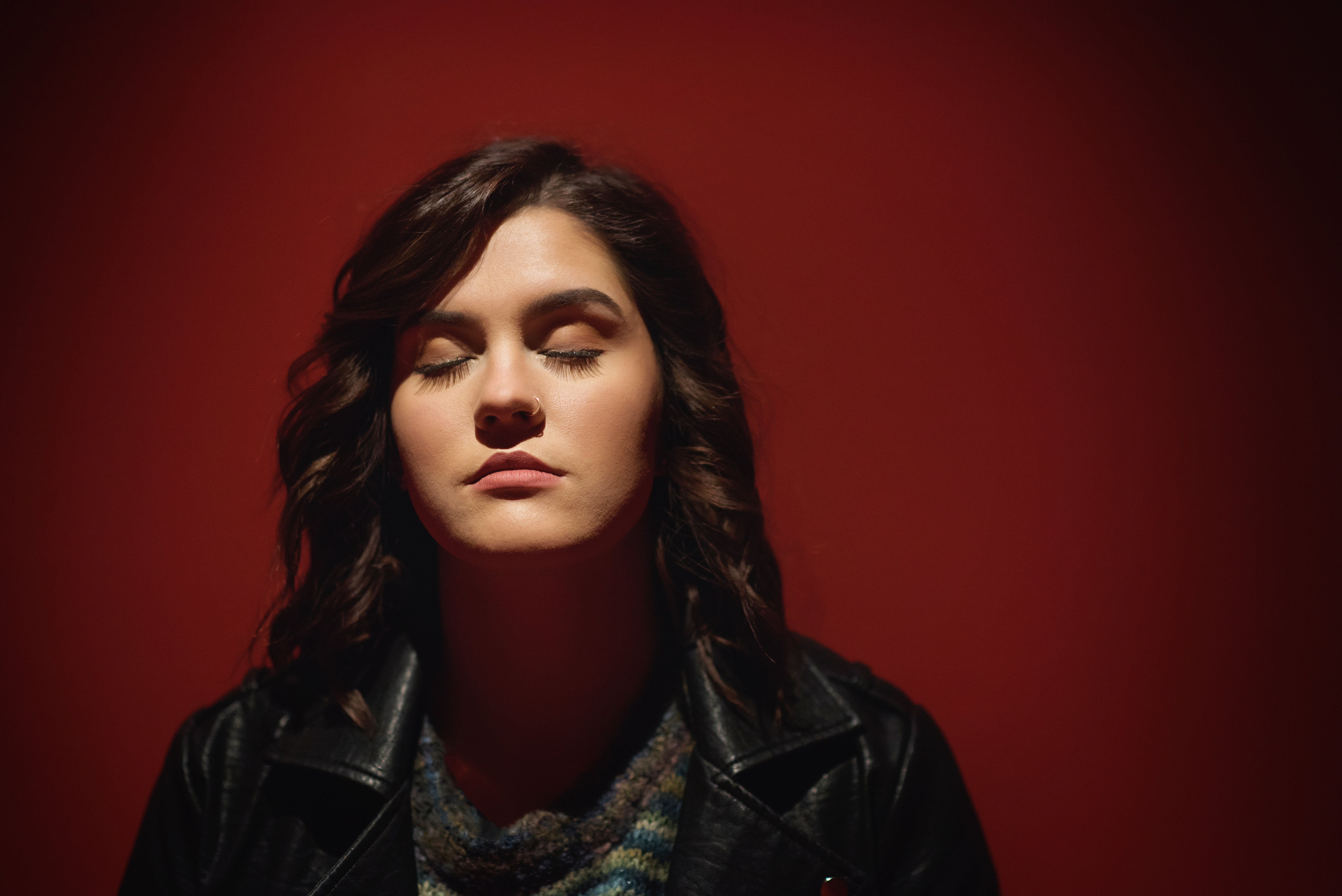High School Seniors + Sports
How to Work with and Photograph Neurodiverse High School Seniors
July 22, 2021
Most days, my job is fairly routine. Emails, photo shoots, editing; emails, photo shoots, editing… But after nearly a decade of photographing high school senior portraits, I now know that not all of my clients fit into the “business as usual” mold. I’ve had the privilege of working with some amazing humans who have shared insight into their daily lives and stretched my skill set to the max. Photographing neurodiverse high school seniors (or those with a variation in cognitive abilities) has taught me that the best way to learn is through experience. And to that effect, I’d like to share with you two of my experiences with neurodiverse teens and my takeaways from working with them.
[Read: 3 Ways Senior Portrait Photographers Can Connect with Clients Post-Pandemic]
John is a 17-year-old high school senior whom I had been told “would need encouragement to smile for a camera.” (To respect the privacy of these seniors, I’ve changed their names and only included photos from other sessions.) When we first started our portrait session, he made very little eye contact with me but as we chatted, he became more comfortable in front of the camera. He mentioned that he didn’t want to smile because he felt insecure about his braces, and I told him that he never had to smile for me if he didn’t want to.
The session continued, with John having become much more relaxed, as we headed over to a cute little bridge I love to use for its consistent lighting. As we walked, I mentioned the haunted house events that went on in that park in October, which got us talking about fear—both what frightens us and how we respond to it. I shared one of my personal fears. John asked plenty of questions, but once I was finished, he became rather quiet.
Until we got to the bridge, that is. Out of the blue, he asked me, “Do you know what OCD is?” At that point, I nodded and replied with, “Obsessive Compulsive Disorder.” He continued on to tell me he had OCD, then asked whether or not I knew what it was like. Being neurotypical myself, I responded with an honest “No.” To this day, I still remember how John described it.
“I have a very good explanation,” he said. “It’s like seeing the color green but you can’t touch it because there will be a blood-curdling scream if you do. And then you brush your hand on something green by accident and spend the next long while trying to make the screaming stop.”
[Read: Preparing Your Senior Portrait Clients Before Their Photo Shoot in Three Easy Steps]
John went on to describe how his mother moves him past his fear by helping to “mentally fatigue” him. Only then could his mind shut down enough to rest. Can you even imagine continuously trying to exhaust your child mentally so that he can finally rest?
He was quiet for a moment after all that speaking. The next thing he said was, “I’m sorry if I took our time together to a dark place. Sometimes I have trouble in social situations.”
Y’all… my heart broke at his apology… at his slight dip of the head when he confessed his struggle… I was speechless for a few moments, but when I finally gathered up my thoughts, I said: “Well, John, I have to tell you, of all the things I’m afraid of, darkness isn’t one of them…”
He nodded and gave a tight-lipped smile. We moved on with the shoot.
Hours, weeks, and now even years after this session, I’m still learning from my time with John.
Here are my takeaways from this session with John:
- Direct eye contact can be very hard for some neurodiverse high school seniors. Don’t push for the “look right here and smile!” shots.
- Be patient. Take the time to listen. Allow your seniors the space to tell you who they are and what they are passionate about.
- Be aware of your environment. Is your client afraid of bees? Don’t take them into a field of flowers. Are they easily overstimulated? Find a quiet park instead of a busy urban setting.
[Read: 3 Ways to Set Yourself Apart as a Senior Portrait Photographer]
Now, let me introduce you to Caitlyn. She has severe anxiety and wears anti-nausea bands on her wrists. She had dreamt of her senior portraits and wanted to be able to be free of her wrist bands during her session. I wanted to support her through this, but at the same time I knew the idea of going without the bands would cause her to get even more anxious about the actual shoot. I could practically hear the “what if’s” circling around in her mind.
So, I made it my goal to take her mind off the bands and put it on things she loves.
First up was her dog. The most genuine smiles and giggles that I saw that day happened when the dog was in her arms. She was visibly more relaxed when the dog was nearby.
Next came Broadway songs and Harry Potter books. We belted out “Defying Gravity” from Wicked and “Alexander Hamilton” from Hamilton while walking through our own “Forbidden Forest” location.
Afterwards, I received this email from Caitlyn’s mom:
“Thank you! Caitlyn was super nervous on the drive to meet you tonight. She doesn’t like being the center of attention and doesn’t like having her picture taken. She didn’t want to wear her nausea bands, but never goes without them. When we left the park tonight, she was so happy! I haven’t seen her like this in a very long time. She said she had so much fun. She loved that you sang and made all the Harry Potter references. She also said that your compliments about her smile and her eyes made her feel more confident and good about herself. I can’t thank you enough for making a hard situation for her fun and seamless!”
What I learned from my time with Caitlyn:
- Don’t be afraid to interrupt a pattern when your senior is getting a little too “in their head.” A simple change in environment or posing strategy can go a long way.
- Embrace their interests, even if you know nothing about them. Don’t know a Broadway song? Ask them which one is their favorite and to quote their favorite lyrics back to you. Aren’t familiar with Harry Potter and have no clue if you’re a Hufflepuff or Ravenclaw? Ask for their “House” and why they think it fits or doesn’t fit. Then have them predict yours!
- Allow them to bring a pet. I’ve never met a person who wasn’t more comfortable with their pet around, whether it is a fully functioning support animal or not. There is a reason we turn to our four-legged friends for comfort and embracing that will put your seniors more at ease.
At first, the idea of dealing with neurodiverse high school seniors can seem daunting. Regular teens are hard enough—now you want me to add an extra dimension of complexity? Yet in my experience, I’ve found that neurodiverse high school seniors have the same needs as neurotypical seniors. At their core, they want to feel comfortable and connected, seen and appreciated, for who they are right now.
I’d love to hear about your own experiences with neurodiverse seniors. DM
me @maryvancephotography or send an email. I can’t wait to connect with you!
Mary Vance is a lifestyle senior photographer and educator based in the suburbs of Seattle, Washington. When not photographing seniors, she consults with creative small businesses to help them integrate their systems, workflows, and standard operating procedures.




